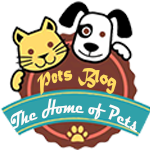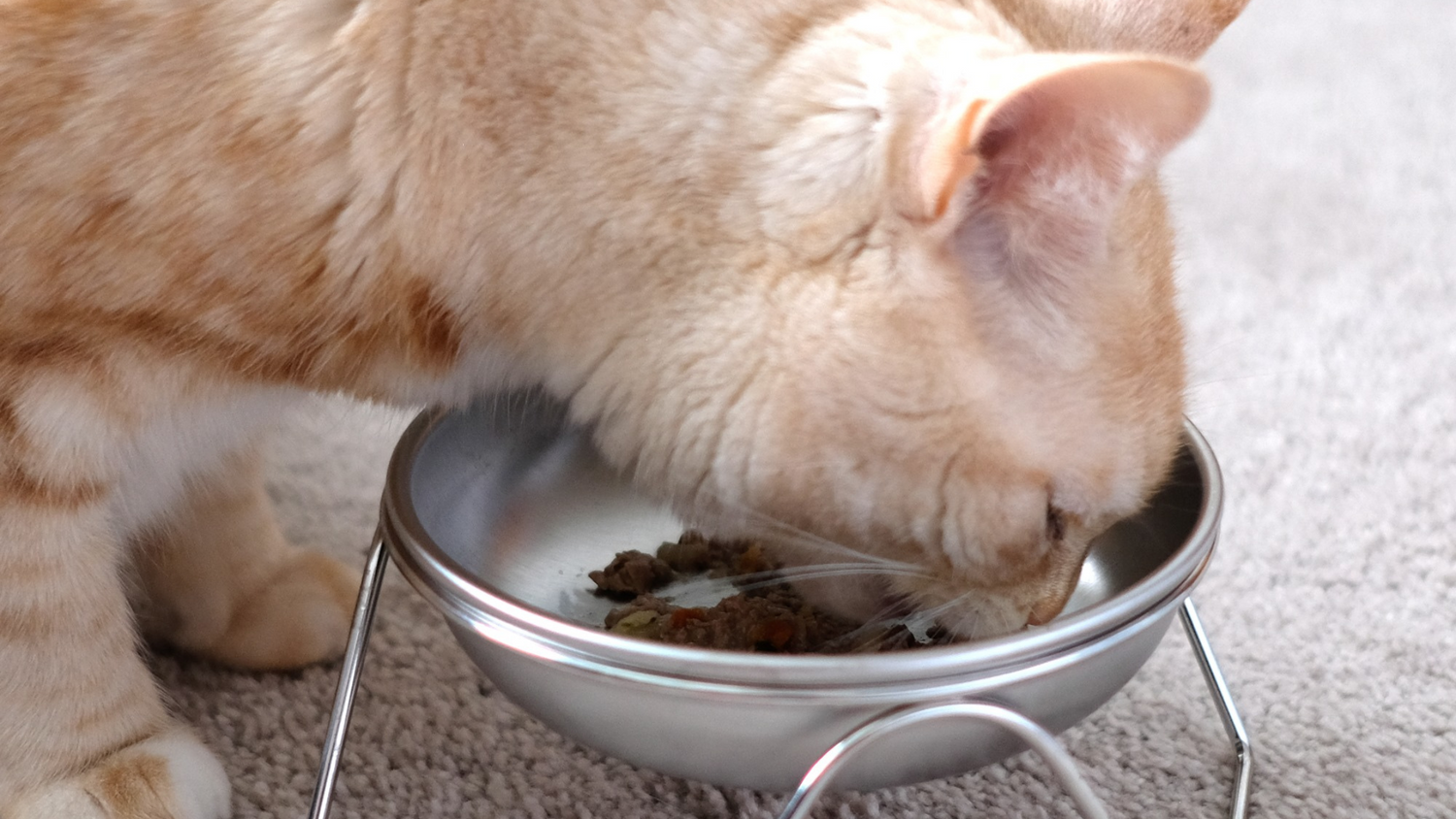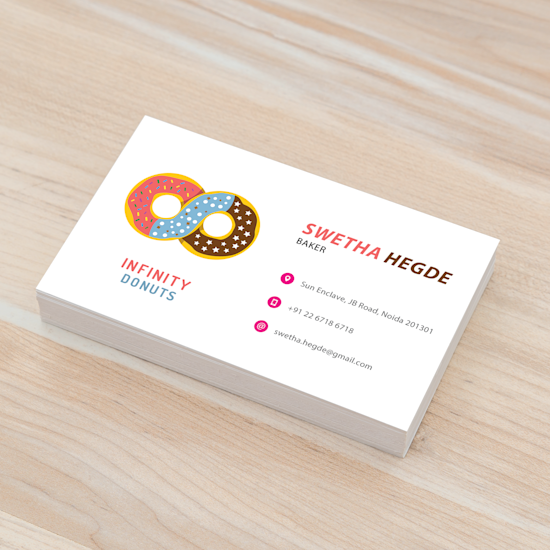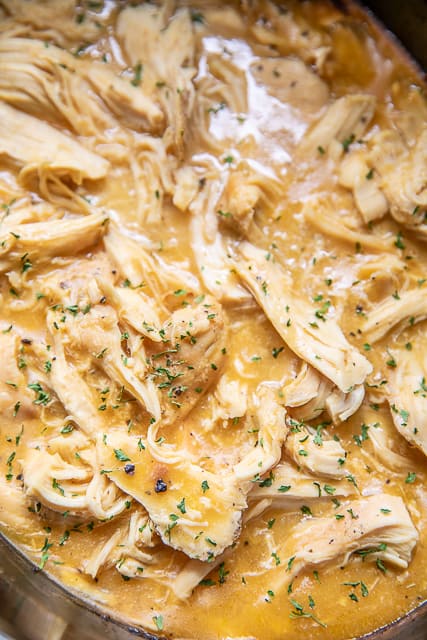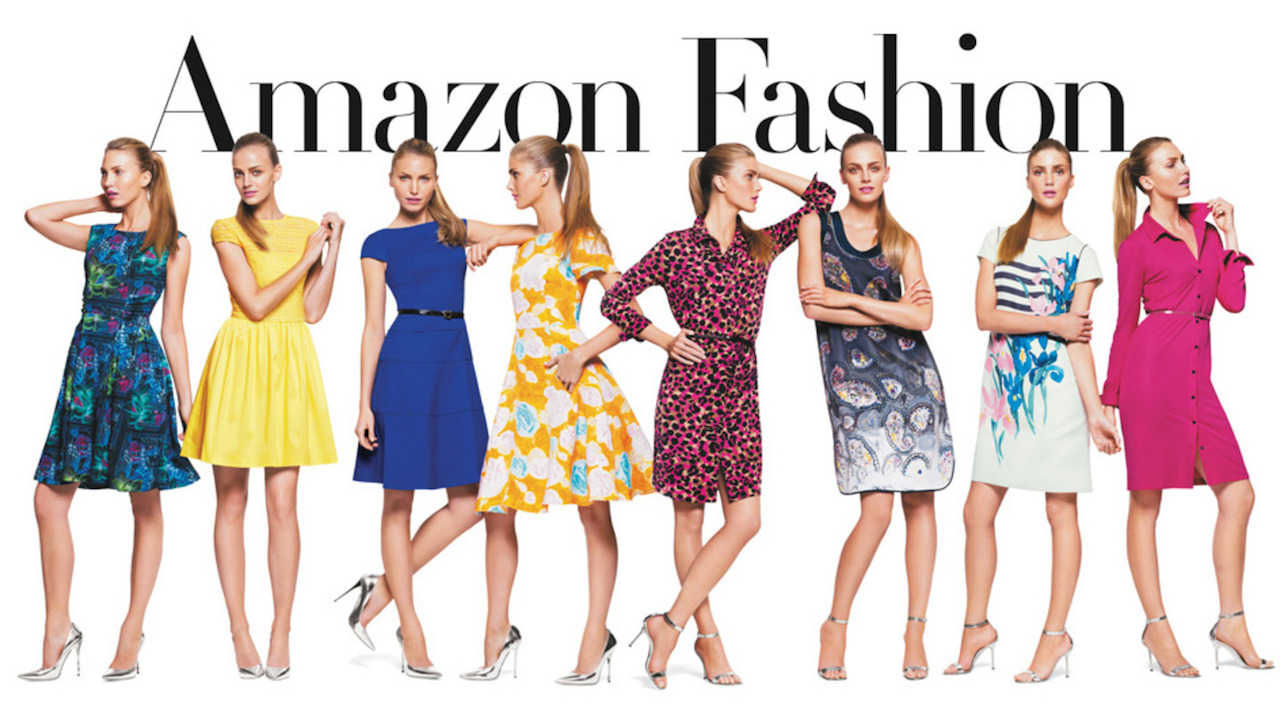When it comes to feeding your feline friend, there is an ongoing debate between dry cat food and wet cat food. Each option has its own set of benefits and drawbacks, and pet owners often find themselves torn between the two. In this article, we will explore the differences between dry and wet cat food and help you make an informed decision based on your cat’s specific needs.
Dry Cat Food
Dry cat food, also known as kibble, is a popular choice among cat owners for its convenience and affordability. It has a longer shelf life compared to wet cat food, making it easier to store and less prone to spoilage. Additionally, dry cat food can help to improve dental health by reducing plaque and tartar buildup due to its crunchy texture. Many dry cat foods are also formulated to meet specific dietary needs, such as weight management or urinary health.
However, there are some potential drawbacks to feeding your cat exclusively dry food. Cats have a low thirst drive and may not consume enough water to stay adequately hydrated when fed only dry food. This can lead to urinary tract issues and other health problems. Furthermore, some dry cat foods contain high levels of carbohydrates and fillers, which may not offer the best nutrition for your feline companion.
Wet Cat Food
Wet cat food, often sold in cans or pouches, is a popular choice for pet owners who want to provide their cats with a higher moisture content in their diet. Wet cat food has a higher water content than dry food, which can help prevent urinary tract issues and promote overall hydration. Many cats also enjoy the taste and texture of wet food, making it a tasty option for picky eaters. Additionally, wet cat food tends to be higher in protein and lower in carbohydrates, providing a more species-appropriate diet for cats.
On the downside, wet cat food is more expensive and has a shorter shelf life than dry food, requiring more frequent trips to the store and careful storage to prevent spoilage. Some pet owners may also find wet food to be messier and less convenient to feed, especially for cats who like to graze throughout the day.
Conclusion
Ultimately, the best choice between dry and wet cat food depends on your cat’s individual needs and preferences. Some cats may thrive on a diet of exclusively dry food, while others may do better with a combination of dry and wet food or even a solely wet food diet. It’s essential to consult with your veterinarian to determine the best diet for your cat based on factors such as age, weight, health conditions, and activity level. Regardless of whether you choose to feed your cat dry or wet food, it’s important to select a high-quality option that meets their nutritional needs.
FAQs
Q: Is it okay to feed my cat a combination of dry and wet food?
A: Yes, many pet owners find that feeding their cats a combination of dry and wet food offers the best of both worlds by providing hydration from wet food and dental benefits from dry food. Just be sure to adjust the portion sizes to avoid overfeeding.
Q: How can I tell if my cat is getting enough hydration from dry food?
A: Monitor your cat’s water consumption and be mindful of any changes in their behavior or litter box habits. If you notice a decrease in urine output or other signs of dehydration, consider incorporating wet food into their diet or providing a water fountain to encourage more drinking.
Q: Are there any specific dietary considerations for senior cats?
A: Senior cats may benefit from a diet that is lower in calories and higher in protein to support their aging bodies. Wet cat food can be a good option for senior cats due to its higher moisture content, which can help prevent kidney issues and promote overall hydration.
dry cat food vs wet cat food
The Great Debate of Dry Cat Food vs. Wet Cat Food has been a contentious issue among cat owners for years. Each type of food has its own set of benefits and drawbacks, and choosing the right option for your feline friend can be a daunting task. Both types of food have their merits, and it ultimately comes down to personal preference and the specific needs of your cat.
Dry cat food, also known as kibble, is often more convenient for cat owners. It has a longer shelf life and can be left out for longer periods without spoiling. This makes it easier to manage and portion out, especially for cats that graze throughout the day. Dry food is also generally more cost-effective and easier to store in bulk, making it a practical choice for many owners.
On the other hand, wet cat food has its own advantages. One of the most obvious benefits is the higher moisture content, which can be especially beneficial for cats that don’t drink enough water. This can help prevent urinary tract issues and keep your cat better hydrated. Wet food is also more palatable for many cats and can be easier to digest, making it a great choice for picky eaters or cats with dental issues.
Some cat owners may choose to feed a combination of both dry and wet food to ensure their cat gets the best of both worlds. This can provide a well-rounded diet and keep mealtime interesting for your feline friend. However, it’s important to monitor portion sizes and adjust accordingly to prevent overfeeding and weight gain.
It’s also crucial to consider your cat’s individual needs and any health issues when deciding between dry and wet food. For example, cats with dental problems may benefit from dry food, while those with kidney issues may benefit from the extra moisture in wet food. Consulting with a veterinarian can help you make an informed decision based on your cat’s specific dietary needs.
Ultimately, there is no one-size-fits-all answer to the Dry Cat Food vs. Wet Cat Food debate. The best choice for your cat will depend on their individual needs, preferences, and your own lifestyle and feeding preferences. As long as you are mindful of providing a balanced diet and high-quality nutrition, you can be confident that you are making the best choice for your beloved feline companion. dry cat food vs wet cat food
